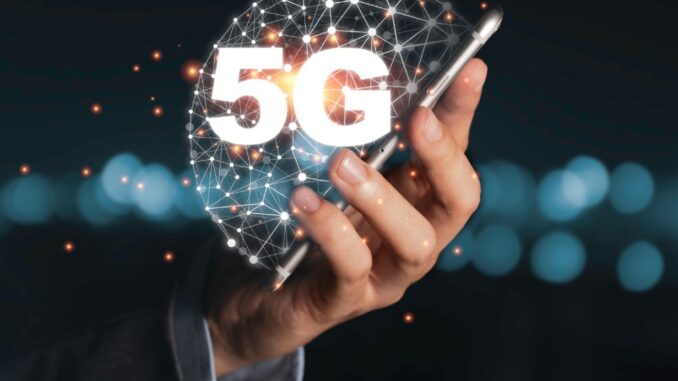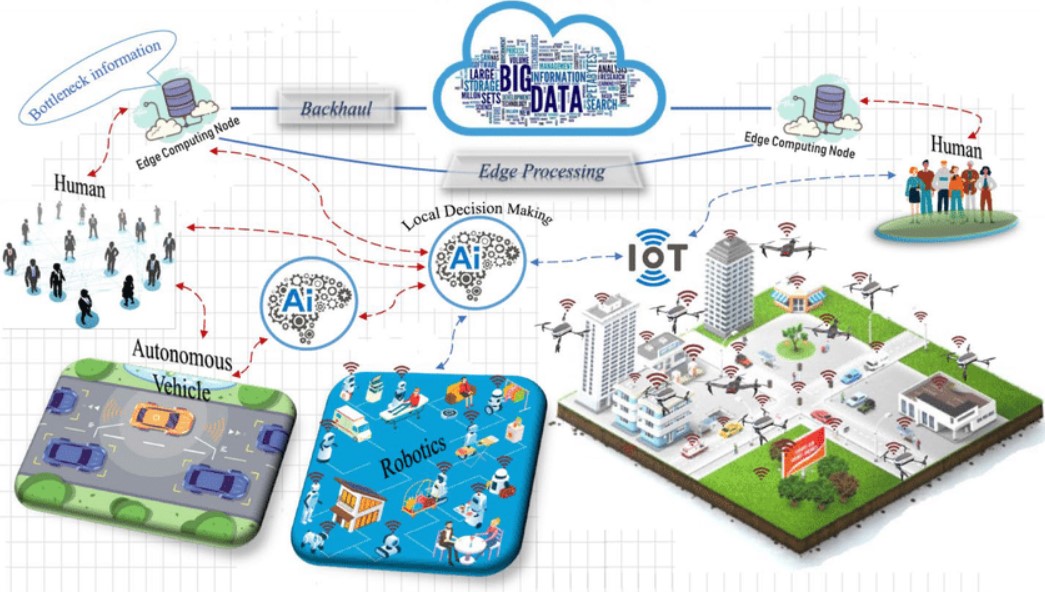
5G Technology Market is a next-generation cellular technology that will enable high-speed, reliable communication with extremely low latency. The Technology encompasses the entire ecosystem of hardware, software, and services required for the deployment of 5G networks.
5G connectivity technologies such as enhanced mobile broadband, ultra-reliable low latency communications, and massive machine type communications are included in the 5G technology market. This 5G technology is expected to change the way people communicate, entertain themselves, and connect to the internet. 5G technology can operate in mmwave bands, which are high frequency bands ranging from 24 to 100 GHz, allowing for faster data delivery.
Introduction
Constant application expansion, technological advancement, and growing market investments are key drivers for the Global 5G Technology Market. The 5G Technology Market is expected to be worth USD 5.53 billion in 2020 and USD 620.72 billion by 2030, at a CAGR of 58.6% over the forecast period.
The introduction of 5G technology in the telecommunications industry tends to bring about significant change. This technology provides number applications in various industries as well as high-speed connectivity services. 5G technology provides three times the data transmission speed of conventional technology. This also contributes to increased operational efficiency, among other benefits.
The Global 5G Technology Market report is divided into four sections: offering, connectivity, application, end user, and region. The 5G technology market is divided into three segments: hardware, software, and services. The market is divided into three segments based on connectivity: enhanced mobile broadband (eMBB), ultra-reliable low latency communication (URLLC), and massive machine type communication (mMTC).
The market is segmented by application into connected vehicles, monitoring and tracking, automation, smart surveillance, VR & AR, enhanced video services, and others. Manufacturing, Automotive, Energy & Utilities, Transportation & Logistics, Healthcare, Government, Media & Entertainment, and Others are the end-user segments of the market. Countries are divided into four regions: North America, Europe, Asia-Pacific, and the Rest of the World, which are further subdivided into major countries such as the United States, the United Kingdom, France, and others.
Constant Expansion of Applications
The constant expansion of applications in various industries drives the 5G technology market. Technology has been constantly evolving, with increasing investments and the presence of developed infrastructure. Furthermore, rising industrial automation, as well as an increase in the adoption of digital appliances and technology, are expected to contribute to market growth.
There has been an increase in the number of IoT devices, edge computing devices, and other devices, which has been accompanied by an increase in the demand for streaming services. Furthermore, rising demand for real-time data processing, as well as growth in smart cities with wireless connectivity services, are expected to drive market growth. However, the high deployment costs may stifle market growth in the near future.

Request a sample copy of this report by visiting https://www.nextmsc.com/5g-technology-market/request-sample. Because of technological advancement and the development of smart cities, developed regions such as North America and Europe are expected to hold the majority of market share. Because of the region’s rapid industrialization and widespread automation.
Asia Pacific is expected to dominate the 5G technology market in terms of growth rate. Furthermore, growing integration, followed by rapid infrastructure development, as well as widespread application in the region, are expected to fuel market growth.
Nokia Siemens Networks, Deutsche Telekom AG, Telecom Italia, Orange S.A., Huawei Technologies Co. Ltd., Alcatel-Lucent S.A., BMW Group Research and Technology, Qualcomm Inc., Aalto University, KTH – Royal Institute of Technology, National and Kapodistrian University of Athens, Fraunhofer-Gesellschaft, University of Bremen, Ericsson, Chalmers University of Technology, University of Oulu, Samsung, and RIM are among the major market.
Conclusion (5G Technology Market)
5G technology is being used in three types of connected services: enhanced mobile broadband, mission-critical communications, and massive IoT. 5G technology is intended for forward compatibility, which means it can be integrated with a wide range of devices such as smartphones, laptops, security systems, and so on.
It also has the flexibility to support future services that require faster internet speeds and ultra-low latency levels. Aside from improving smartphones, 5G mobile technology has the potential to usher in new immersive experiences such as VR and AR by enabling faster, more uniform data rates, lower latency, and lower cost-per-bit.
With ultra-reliable, available, low-latency links, 5G can enable new services that can transform industries, such as remote control of critical infrastructure, vehicles, and medical procedures. Some industries can fully utilize 5G capabilities, particularly those that require the high speed, low latency, and network capacity that 5G is designed to provide. Smart factories, for example, could use 5G to run industrial Ethernet to improve operational productivity and precision.
To increase their market share and geographical presence, market participants have used strategies such as collaboration, partnership, product launch, R&D, and acquisition. The impact of the drivers, restraints, and opportunities is analyzed and estimated for the global 5G technology market. This report’s forecast and study periods range from 2021 to 2030.
The report includes a regional analysis of the global 5G technology market in terms of growth prospects and restraints. Porter’s five forces analysis of the industry is used in the study to determine the impact of suppliers, competitors, new entrants, substitutes, and buyers on market growth.